Deck & Commander Strategies

Grist, the Hunger Tide
Self-mill and creature recursion to assemble combos like Chain of Smog for infinite effects, using sacrifice outlets and graveyard interactions to overwhelm opponents.
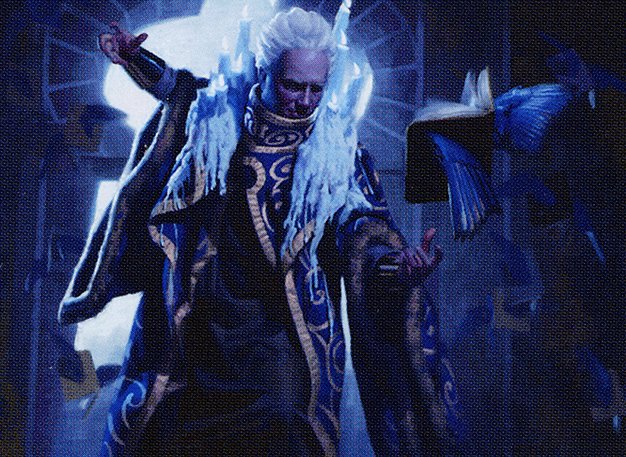
Gadwick, the Wizened
Board control through tapping and freezing creatures, using high interaction and card draw to maintain tempo and disrupt opponents.
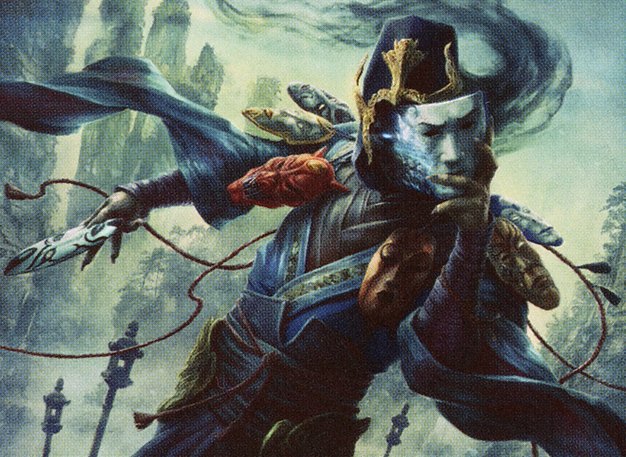
Tormod, Sakashima of a Thousand Faces with Gyruda as companion
Clone Gyruda multiple times while ignoring the legend rule to generate a massive board presence and mill opponents, leveraging flicker effects for value and potential infinite milling with Tessa's Oracle.

Shadrix Silverquill
Voltron build focusing on equipping Shadrix with protection and keyword creatures, supplemented by hatebears to slow opponents and removal spells to control the board.
Gameplay Insights
- 1
Grist's sacrifice of World Shaper to destroy Gadwick was a key disruption against the control strategy and helped ramp mana significantly.
- 2
Cloning multiple copies of Gyruda while bypassing the legendary rule created a powerful milling engine and board presence that pressured all opponents.
- 3
Using flicker effects repeatedly on creatures like Solemn Simulacrum and Sakashima maximized value generation and board development.
- 4
Shadrix Silverquill's use of equipping Swiftfoot Boots and deploying hatebears was effective in slowing opponents, though vulnerable to blue's tapping and freezing effects.
- 5
Rapid Hybridization was used strategically to disrupt combo pieces and key creatures at critical moments.
- 6
The interplay of milling, tapping, flickering, and recursion created a complex and dynamic board state requiring careful navigation by all players.
Notable Cards
-
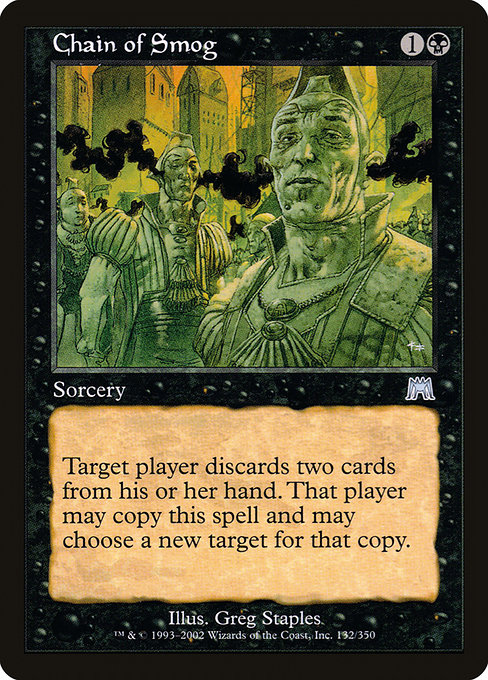
Chain of Smog
-
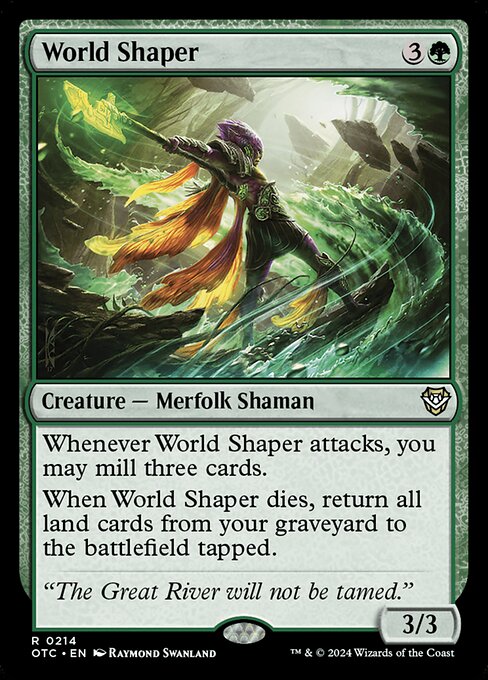
World Shaper
-
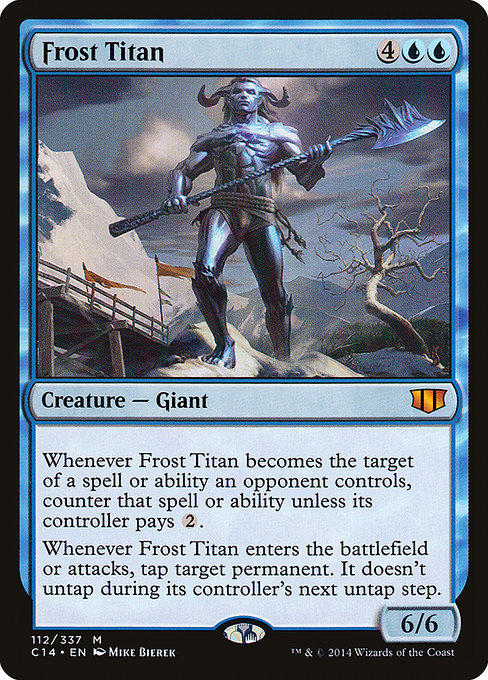
Frost Titan
-
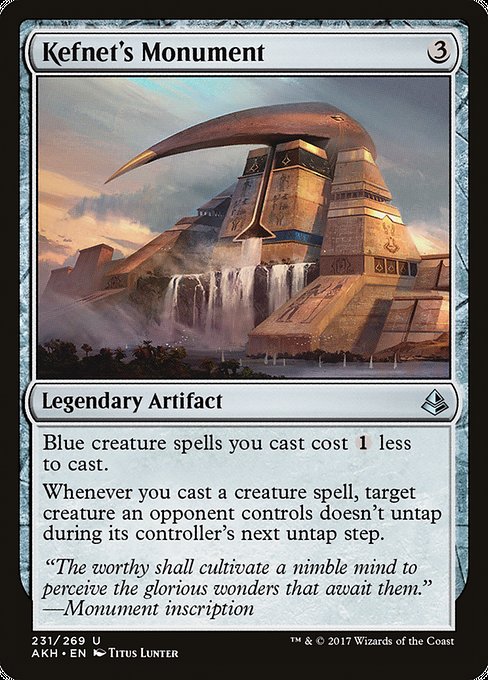
Kefnet's Monument
-

Sakashima of a Thousand Faces
-

Solemn Simulacrum
-

Massacre Wurm
-

Rapid Hybridization
-
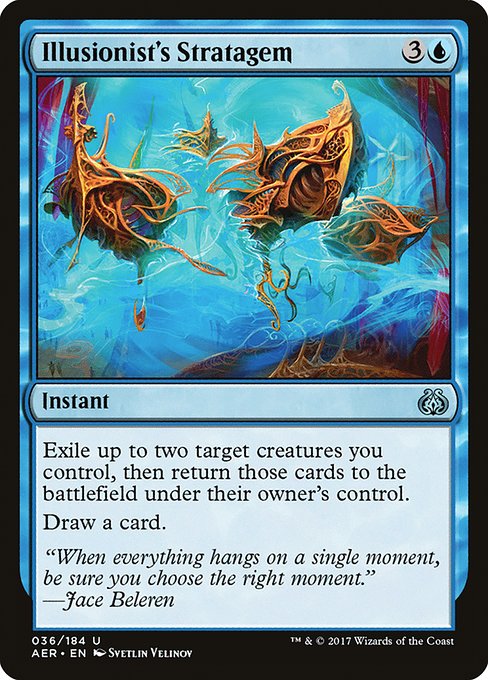
Illusionist's Stratagem
-
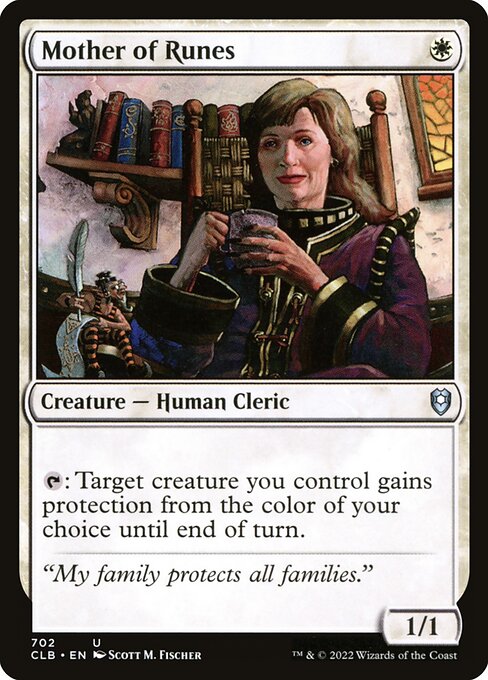
Mother of Runes
-

Swiftfoot Boots
-
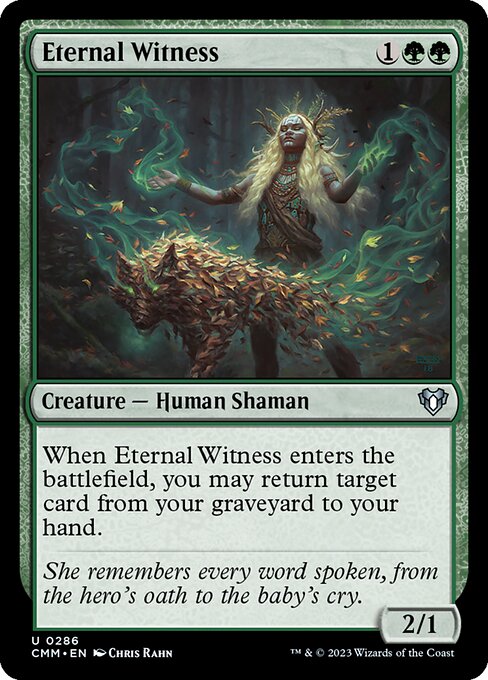
Eternal Witness
-
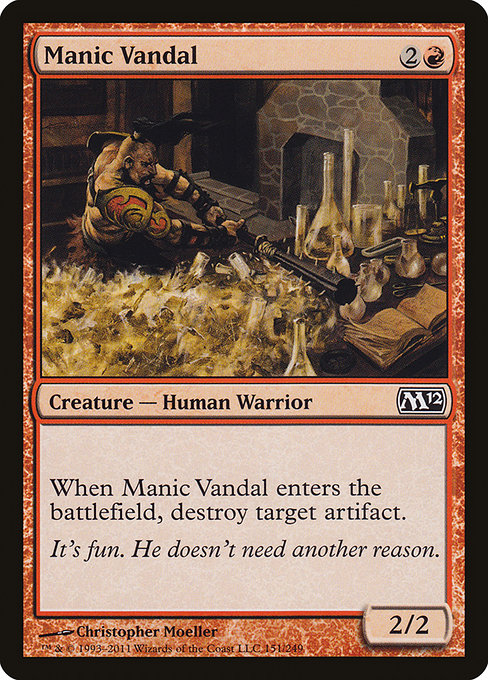
Manic Vandal
-
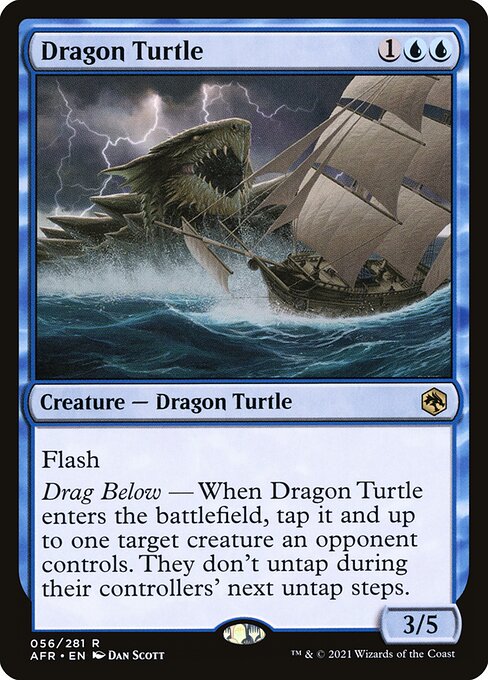
Dragon Turtle
Gameplay Summary
The game started with each player developing their board state according to their deck strategies, with Grist the Hunger Tide focusing on self-milling and assembling combo pieces like Chain of Smog to enable a potential infinite combo.
Gadwick the Wizened controlled the board using tapping and freezing effects, leveraging cards like Frost Titan and Kefnet's Monument to lock down opponents' creatures.
Meanwhile, the Gyruda clone deck aimed to create a large board presence by cloning Gyruda multiple times, bypassing the legendary rule to generate demon krakens and milling opponents to close out the game with cards like Tessa's Oracle.
Shadrix Silverquill tried to build a voltron presence bolstered by hatebears and keyword creatures, using equipment such as Swiftfoot Boots to protect the commander and mass removal to keep opponents in check. A pivotal moment occurred when Grist activated his minus ability to sacrifice World Shaper, destroying Gadwick and ramping mana, significantly disrupting the mono-blue player's control plan.
Meanwhile, the cloning deck successfully flickered key creatures like Solemn Simulacrum and Sakashima of a Thousand Faces to maximize value and board presence.
The game saw heavy interaction, including rapid hybridization and removal spells aimed to disrupt combo attempts, and multiple reanimations and flicker effects to keep pressure on the board.
The game was marked by complex board states with multiple layers of recursion, milling, and tapping strategies, all vying for control and the opportunity to land a decisive combo or overwhelming board presence.


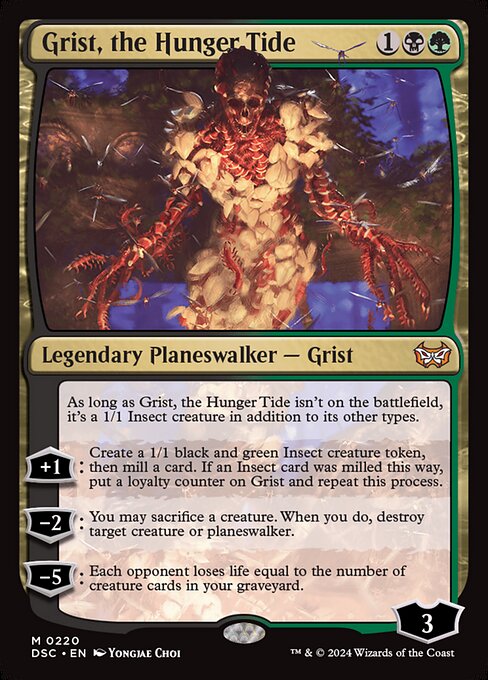


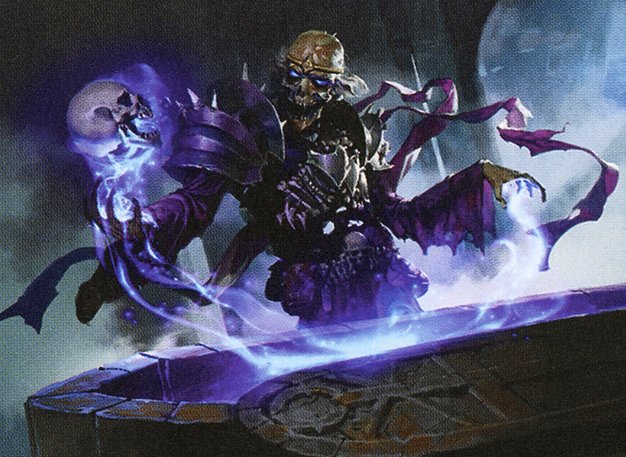



































![Sidar & Thrasios vs. Gadwick Combo [Duel Commander-EDH] - Magic: The Gathering thumbnail](https://i.ytimg.com/vi/_nLPnZziXxY/sddefault.jpg)
